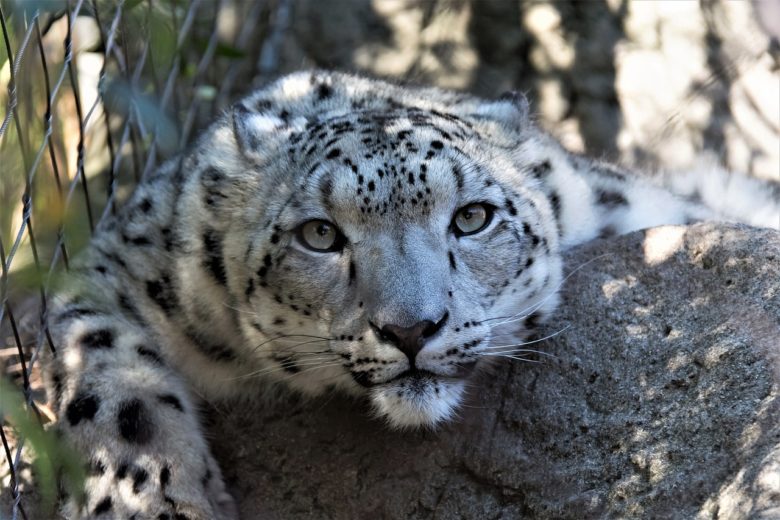
Animal Extinction Statistics: How Many Species Will We Lose in Our Lifetime?
We are reader-supported. When you buy through links on our site, we may earn affiliate commission.
Do you think you could name 200 species, or 2000 if you could include plants? When looking at plant and animal extinction statistics, research has found 200 to 2000 extinctions occur every year.
It’s important to frame the crisis in this context because numbers can only say so much. Statistics provide a picture of the problem, but that picture is incomplete. It’s difficult, if not impossible to imagine 2000 of anything, let alone 2000 individual species disappearing from the face of the planet in a single year.
These numbers are an attempt to quantify the damage humans have caused through deforestation, poaching and other harmful practices. As the effects of climate change continue to disturb the environment and disrupt ecosystems, the rate of extinction will increase, and the issue will only intensify.
With this in mind, how many species will we lose in our lifetime? What’s the extent of the damage, and more than that, what are possible solutions to the problem? These critical questions have fascinating answers, and we’ll walk you through everything you should know moving into 2019 and the next decade.
The Severity of the Crisis
As much as 50 percent of all species will face extinction by the end of the century. At the moment, 20 percent of all species are at risk of extinction. The plants and animals that provide us with food and medicine might not last much longer unless we take urgent action to preserve biodiversity where possible.
Expanding on the issue, the rapid loss of species we see today is between 1000 to 10,000 times higher than the natural extinction rate, according to experts. They calculate that between 0.01 and 0.1 percent of all species vanish every year, which allows for estimations depending on the total number of species.
If the total number of species is 2 million — the low estimate — the losses every year would fall between 200 and 2000 species. If the total number of species is 100 million — the upper estimate — then the losses every year would fall between 10,000 and 100,000 species.
More than this, endangered species often remain endangered, which happens for many different reasons. The Trump Administration has placed industry above wildlife, proposing cuts to the Endangered Species Conservation Fund. Environmental protection reduced in favor of economic gain is only part of the issue.
With the scope of the problem in perspective, it seems like an overwhelming challenge that might prove impossible to overcome. Biologist Paul Ehrlich from Stanford University placed the crisis in concise language, saying, “We have triggered a major extinction event. The question is: how do we stop it?”
Potential Solutions
Conservationists have redoubled their efforts to address the crisis. They’ve refined and improved on their strategies to ensure endangered species receive the protection they need, using a diverse range of technologies to secure their safety. Some of these technologies are simple, such as tracking devices.
With tracking technology, conservationists can keep tabs on animal populations as they travel across the globe. If they find changes to the environment — from humans or natural disasters — they can document these problems and use the information to preempt them in the future. Other solutions are also promising.
Captive breeding programs have brought animal species back from the brink of extinction. The corroboree frog, regent honeyeater and the golden lion tamarin have all benefited from these programs, though this type of system suffers from certain problems concerning reentry into natural habitats.
Among tracking technology, captive breeding programs and other methods, cloning endangered species is another possibility. The technology is still in development, and it’s unlikely to solve the underlying problem, but cloning could prove beneficial many years from now when we’ve reestablished habitats.
It’s more likely these technologies will work together to repopulate endangered species. Any one of them has potential, each with their own advantages and disadvantages that conservationists have to consider. As we move into the next decade, it’s safe to speculate how new and updated methods will emerge.
A Small Effort Makes a Big Difference
While plant and animal extinction statistics are unsettling, it’s important to remain positive. Conservationists in countries around the world are working hard to preserve biodiversity, and even people who aren’t involved in those projects can still participate in other ways. Use fewer herbicides and pesticides, purchase sustainable products or volunteer at your local nature center or wildlife refuge.
Even a small effort can make a big difference, so research your options today and see how you can help!
Share on
Like what you read? Join other Environment.co readers!
Get the latest updates on our planet by subscribing to the Environment.co newsletter!
About the author

Jane Marsh
Starting from an early age, Jane Marsh loved all animals and became a budding environmentalist. Now, Jane works as the Editor-in-Chief of Environment.co where she covers topics related to climate policy, renewable energy, the food industry, and more.





